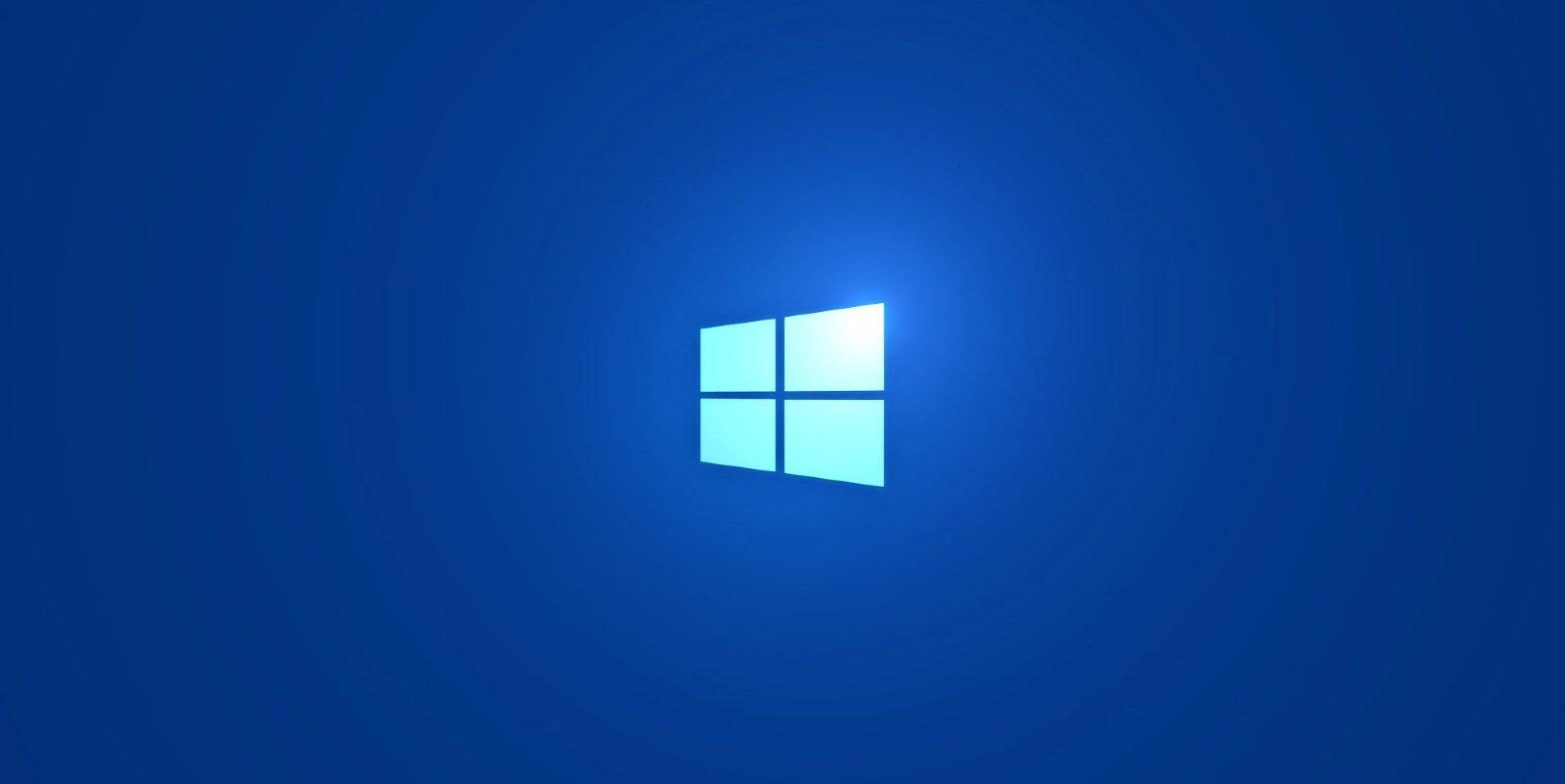
Microsoft is ramping up the forced rollout of Windows 10, version 20H2 to more devices approaching end of service (EOS), as part of a new rollout phase.
This new automated feature update rollout phase follows the addition of Windows 10 2004 to the broad deployment channel in February, which made it available to everyone via Windows Update.
Windows 10 20H2 is also rolling out to users manually checking for updates (seekers) on devices running Windows 10 1903 or later starting October 2020.
Forced rollout for more devices closing EOS
Using the same machine learning-based rollout process, Microsoft started the forced rollout of Windows 10 2004 to devices running Windows 10 1903 and earlier during the summer of 2020.
This time around, computers running Windows versions nearing their end of service will be selected and forced upgraded to Windows 10 20H2.
"Using the machine learning-based (ML-based) training we have done so far, we are increasing the number of devices that are approaching end of service to update automatically to Windows 10, version 20H2," Microsoft says.
"We will continue to train our machine learning through all phases to intelligently roll out new versions of Windows 10 and deliver a smooth update experience. The recommended servicing status is Semi-Annual Channel."
According to Microsoft's Lifecycle Policy, devices running Windows 10, version 1809 (Enterprise, Education, IoT Enterprise), Windows 10, version 1909 (Home, Pro, Pro Education, Pro for Workstations), Windows Server, version 1909 (Datacenter, Standard) should be the one to get automatically upgraded in the coming months.
Based on info from previous automated feature update rollouts, Microsoft is automatically initiating feature updates to make sure that it can continue to service these devices, and to provide them with the latest updates, security updates, and improvements.
Some compatibility holds still in place
Microsoft usually starts "this machine learning (ML)-based rollout process several months in advance of the end of service date to provide adequate time for a smooth update process," as Windows Servicing and Delivery Director of Program Management John Cable said.
If you are running a Windows 10 version nearing EoS and you're not offered to update via Window Update, you should check the Windows 10 Health Dashboard for any known hardware blocks affecting your device.
Microsoft should notify you if your computer is blocked from upgrading by a compatibility hold. The only known blocks for Windows 10 20H2 updates are for devices with Conexant ISST audio drivers.
"We are slowly throttling up availability over the coming weeks to ensure a reliable download experience," Microsoft added. "As a result, the update may not be offered to you right away."
You can troubleshoot problems while updating Windows 10 or go through this guided walk-through for fixing errors.


Comments
EmanuelJacobsson - 3 years ago
And as usual, people will complain because they keep clicking "Ask my later" when windows asks you to update.
cuvtixo - 3 years ago
I might understand and even sympathize if this were Win98. If Microsoft has a problem with "compliance", they should know how to address it more effectively by now. If you want to take a time machine back to the 20th century complaints now, how about, "Linux never has this problem, Why don't you upgrade to good operating system for free?" or how about "a hacker is a clever programmer, not a criminal on a PC". Those battles were all fought and lost, a long time ago. Whinging about it now just makes you sound butt-hurt.
Adantzman - 3 years ago
Will the Conexant driver issues be resolved so we can update before 1909 is no longer supported? It would be nice to have updated info regarding this.
OnHoliday - 3 years ago
I had to do mine last weekend, having deferred it for a few weeks now, ended up with 3 blank screens, no cursor & no system restore point. Ended up starting from scratch. Not a great experience and still haven't got my machine back as it was. So thanks Microsoft I lost an entire weekend.